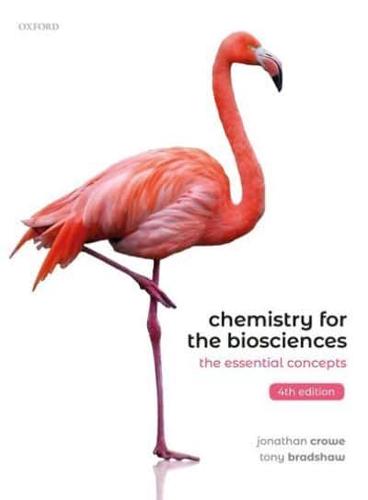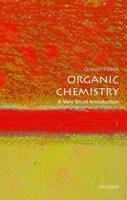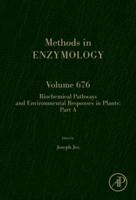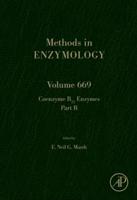Publisher's Synopsis
Chemistry enables our eyes to detect the world around us; it determines whether something tastes sweet or sour; it helps genetic information pass accurately from one generation to the next. Ultimately, chemistry powers life itself. We don't need to dig very deep to answer the question: why do biologists need chemistry? Building on the success of the first three editions, Chemistry for the Biosciences introduces students to all the chemistry they need to understand the biological world. Renowned for its clear and straightforward explanations, the book uses everyday examples and analogies throughout to help students get to grips with chemical concepts, and presents them in context of biological systems wherever possible so they can see how chemistry relates to their wider studies. With topics drawn from organic, physical, and inorganic chemistry, students will encounter a broad range of essential concepts. Chemistry for the Biosciences includes many learning features - both in print and online - to help students grasp these concepts as quickly and thoroughly as possible. From the self-check questions throughout each chapter to help consolidate learning, to the Chemical Toolkits and Maths Tools that help students explore terminology, methods, and numerical skills that may be unfamiliar, the book is written to be a true course companion for students on biological and biomedical science degrees - one that will help them not only remember the essentials, but really understand them, setting students up for success in their later studies. Digital formats and resources The fourth edition is available for students and institutions to purchase in a variety of formats, and is supported by online resources. - The ebook offers a mobile experience and convenient access along with functionality tools, navigation features, and links that offer extra learning support: www.oxfordtextbooks.co.uk/ebooks - The extensive online resources feature: For registered adopters: A list of student learning objectives; Figures from the book in electronic format, ready to download; A test bank of questions, with feedback linked to the text. For students: A List of learning objectives; Multiple-choice questions to aid exam preparation and revision; Full solutions to self-check questions; Data analysis and numerical practice worksheets; Links to YouTube video tutorials that provide fuller explanations of a range of numerical concepts.








